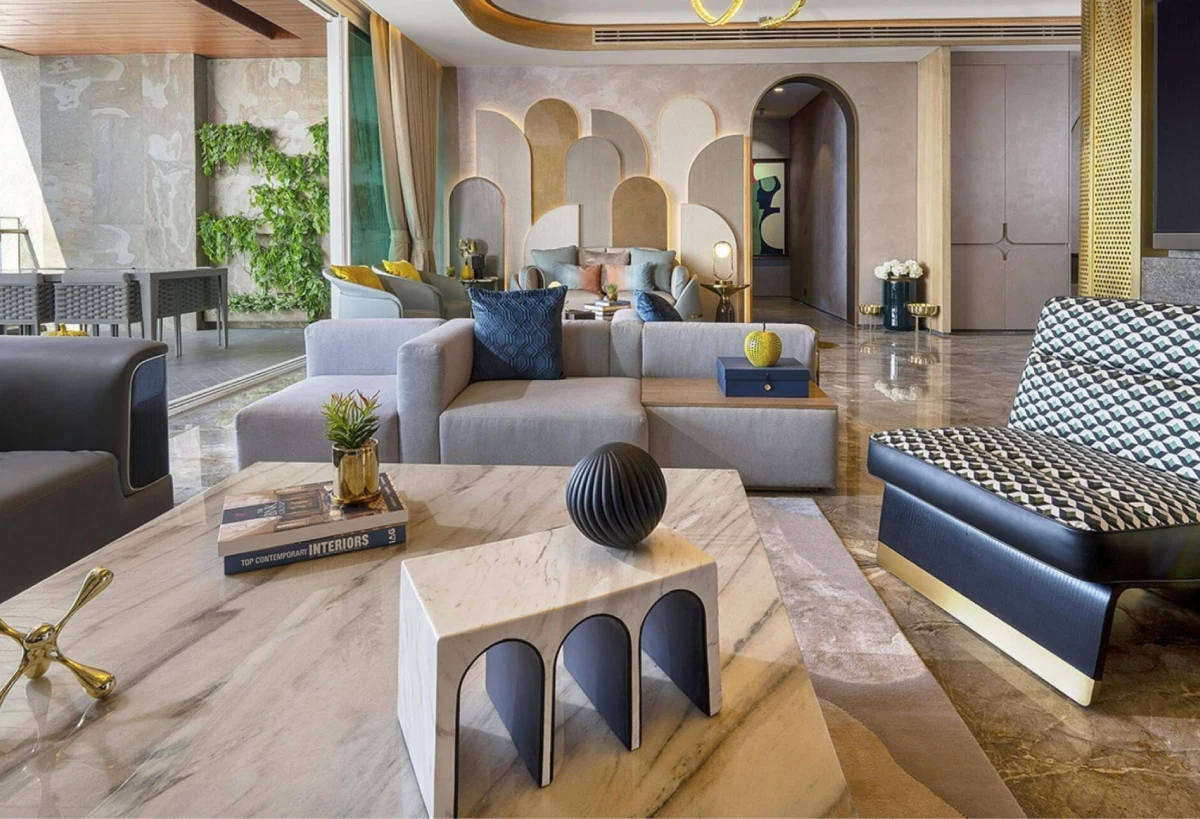
Ultimate Fabrics Guide To Elevate Your Interior Design
When it comes to interior design, materials are essential in determining the mood, aesthetic, and practicality of a room. The choice of materials can have a big impact on the overall visual appeal and comfort level of any design, from elegant offices to warm living rooms. We explore the different types of fabrics, factors to consider when selecting the proper fabrics, and how to use them to take your interior design to the next level in this extensive guide.
Understanding the Importance of Interior Design Fabrics
Fabrics used in interior design act as the cornerstone around which the whole décor plan is constructed. They enhance a space's tactile quality in addition to adding visual interest. Fabrics, whether used for drapes, upholstery, pillows, or accent pieces, can completely change a space and make it feel like a business retreat or a personal haven.
Fabric Types for Interior Design
There are countless alternatives available when it comes to selecting materials for interior design. Every kind of fabric has its special qualities and advantages, ranging from synthetic materials like polyester and nylon to natural fibers like cotton, linen, and silk.
Cotton
Cotton is often used for bedding, curtains, and upholstery because of its strength and adaptability. Because of its airy qualities, it's perfect for establishing a cozy and welcoming atmosphere.
Linen
Linen gives an air of refinement to any space with its clean texture and inherent grace. It gives the room a classic elegance and is frequently used for curtains, tablecloths, and upholstered furniture.
Silk
Known for its delicate texture and opulent luster, silk gives interior spaces a sense of grandeur. Silk is praised for its capacity to improve the visual attractiveness of curtains, cushions, and ornamental elements, even if it may require special care.
Polyester
Polyester is a synthetic fabric with good wrinkling resistance and durability, which makes it a good option for high-traffic areas. It is frequently combined with other fibers to increase lifespan and performance.
Velvet
Velvet gives interior spaces a feeling of warmth and elegance because of its rich appearance and velvety texture. It is frequently used to accent furnishings, draperies, and upholstery to create a warm and welcoming space.
Selecting Textiles for Home Decor
It's important to take the intended use, aesthetic preferences, and maintenance needs into account when choosing materials for interior design. The following are some important things to remember:
Functionality
Establish what the room needs in terms of stain resistance, durability, and cleaning ease. Choose resilient materials like leather or performance textiles for high-traffic areas so they can resist regular wear and tear.
Aesthetic Appeal
A Select textiles that go well with the room's color palette and general decor style. Regardless of your preference for a traditional or modern minimalist style, choose fabrics that will complement the room's overall design and represent your taste.
Texture and Pattern
Play around with various textures and patterns to give the interior design more depth and visual appeal. To create a dynamic and layered design, mix and match materials with different textures, such as rough linen and silky silk.
Light Control
Select fabrics based on the quantity of natural light that enters the room. While heavier materials like velvet and brocade give better light control and seclusion, sheer materials like chiffon and voile allow diffused light to pass through.
Materials for Fabric Decoration
Fabrics can be utilized in a variety of imaginative ways to adorn and improve interior spaces, going beyond upholstery and drapery. Fabric décor items give warmth, texture, and individuality to any space. They may be used for anything from tossing pillows and blankets to wall tapestries and upholstered headboards.
Elevate Your Interior Design with D3 Dynamic
Dynamic design décor provides a carefully chosen assortment of high-end fabrics to enhance your interior design because we recognize the transformational potential of textiles. Our wide selection of materials suits all tastes and styles, from modern trends to timeless classics. Whether you're remodeling your house or creating a commercial space, our team of professionals can help you select the ideal materials for the job. With Dynamic design décor, discover how superior materials may improve the look of your interior design.
You can create a unified, welcoming space that expresses your style and personality by using the appropriate fabrics in your interior design strategy. Everything you decide on, from the ideal upholstery fabric to the decorative elements, affects how the room looks and feels in general. With the information and ideas in this comprehensive book on fabrics, you'll be ready to elevate your interior design.

